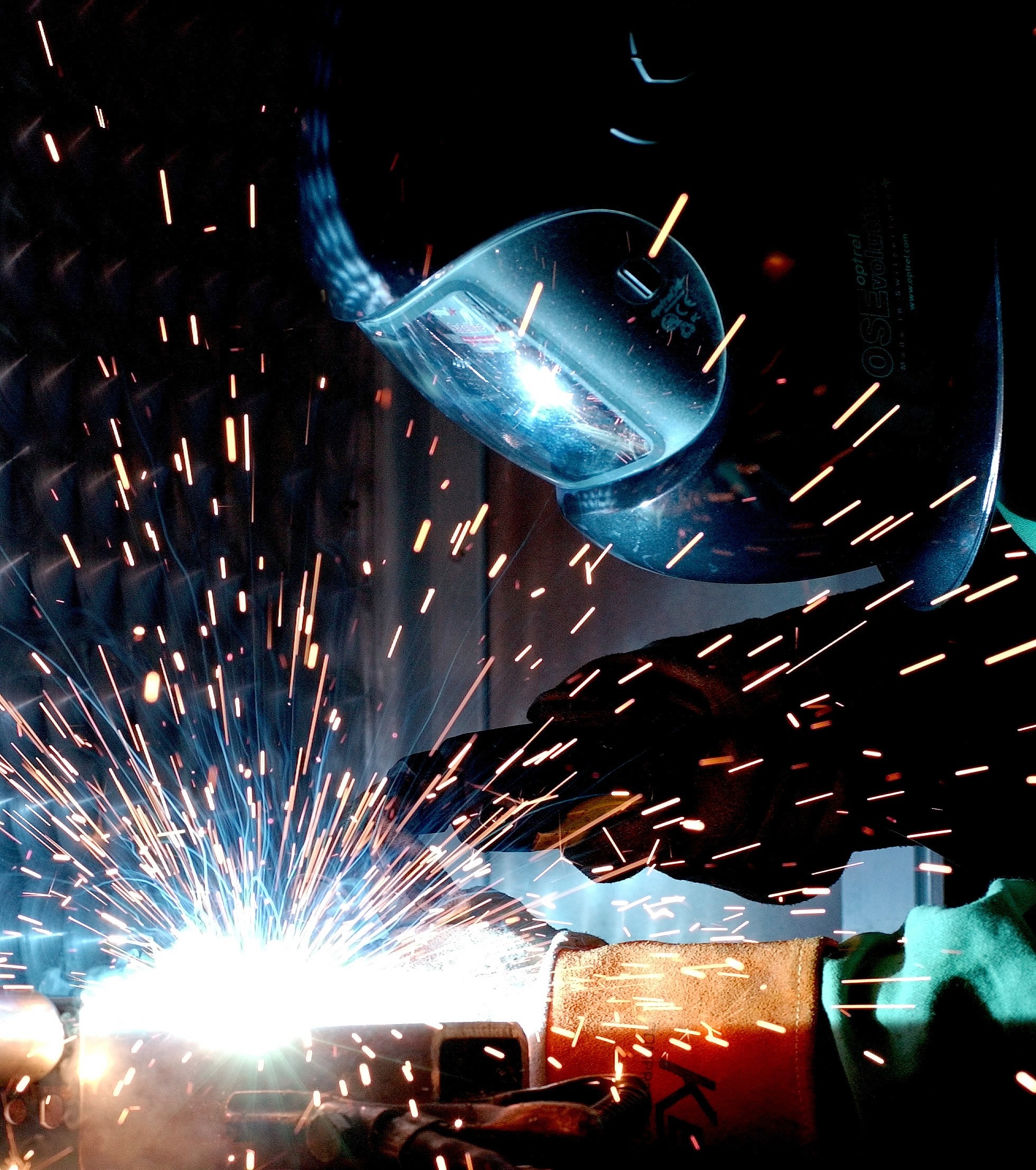What is PBF technology?
Powder bed fusion (PBF) is an additive manufacturing method that operates on the same fundamental premise as traditional forming processes like milling in that objects are produced by adding material rather than discarding it. The pbf additive manufacturing method starts with the production of a 3D CAD model that is numerically ‘sliced’ into multiple distinct layers. Because the heat source is often an energy beam, a heat source scan path is determined for each layer, which determines both the boundary contour and some type of fill sequence, frequently a raster pattern (e.g. a laser).
Variants of PBF Technology:
PBF is classified into numerous types according to the heat source employed and the type of material bonded. The two most common varieties are laser beam (PBF-LB) and electron beam (PBF-EB), both of which have trademarked technology. Each version has benefits and drawbacks, therefore appropriateness should be determined on an application-by-application basis.
Some of the common types are:
Selective Laser Melting
Selective laser melting (SLM) is one of several trademarked names for a metal additive manufacturing process that creates metal objects using a bed of powder and a heat source. The ASTM standard word for powder bed fusion is also known as direct metal laser melting (DMLM) (PBF). PBF is a fast prototyping, 3D printing, or additive manufacturing (AM) technology that melts and fuses metallic powders using a high-power-density laser.
Direct Metal Laser Sintering
Direct metal laser sintering (DMLS), also defined as selective laser sintering (SLS), is a type of 3D printing that uses metal additive manufacturing. It is utilized for easy implementation as well as large manufacturing of metal products.
The procedure is very similar to selective laser melting (SLM), also known as direct metal laser melting (DMLM), however, the powder is only sintered (not melted) together on a molecular level. This produces pieces that are less porous than those produced by the melting process. The benefit of this is that alloys including components with varying melting points may be easily printed from. Metal and plastic materials can even be combined. Alumide, a blend of nylon powder and aluminum powder, is an excellent example. Direct Metal Laser Sintering is considered one of the best additive manufacturing solutions.
Benefits of PBF:
Powder Bed Fusion comes with many advantages commercially. The material waste and costs are reduced (superior buy-to-fly ratio) and the durations for productions are shortened. Rapid prototyping and low-volume production are made possible.
PBF is capable of producing functionally graded components and parts that are fully customized on a batch-by-batch basis, removing preset designs.
When compared to other additive manufacturing technologies, this one has a high resolution.
The PBF can combine a wide range of material classes, including ceramics, glass, plastics, metals, and alloys. Surprisingly, you won’t need machining fixtures!
How PBF is applied to functions worldwide:
PBF procedures are employed in a variety of industrial sectors for a variety of purposes. The procedure is used in the medical industry, for example, to create customized orthopedic components such as titanium alloy cranial or acetabular implants.
PBF procedures are attracting a lot of attention and utilization in the aerospace industry, both for military and commercial aircraft. PBF made fuel nozzles are utilized on General Electric’s GE9X engine, which is used on Boeing 777 aircraft. The GE9X is the biggest turbo-fan engine created, and the additively made nozzle is five times more robust than earlier versions; the Boeing 777, which features two GE9X engines, contains 300 additively manufactured parts.
PBF techniques were used by Swedish automotive manufacturer Koenigsegg throughout the manufacturing process of its latest hypercar, the ‘One:1,’ from rapid prototyping to ensure various details of the car looked and worked as envisioned, to implementing it to manufacture metal parts for production vehicles. Turbocharger housings, exhaust components, air ducts, and interior mirrors are among the production items. Koenigsegg was able to reduce material waste and expenses because of additive manufacturing technologies. Constructing complicated components using additive manufacturing is cheaper, faster, and more efficient for lower production runs (as is frequent with high-end automobiles) than building the appropriate tooling for the manufacture of specific complex parts, which is prevalent in the automotive industry.
Precisely, PBF is recognized as a reliable method of additive manufacturing and is used globally to derive effective results.




